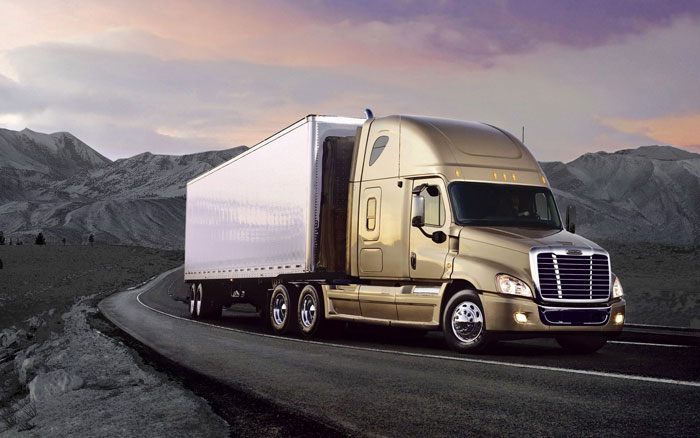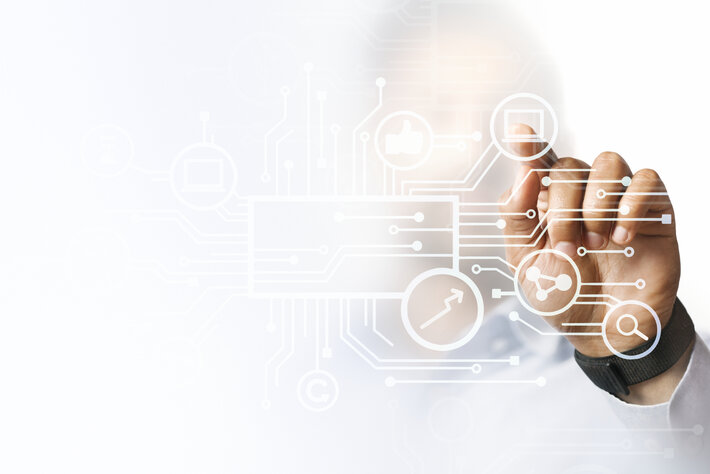Ensuring the safety of staff should be of prime importance for fleet managers. Injuries and deaths can occur because of unsafe weather and road and operating conditions. But Internet of Things (IoT) systems can change things for the better. Here, Antony Savvas looks at some solutions.
Extreme reality TV like ‘Ice Road Truckers’ helpfully demonstrates how harsh weather causes unsafe road conditions. Although good fleet managers analyse weather forecasts to determine when and how inclement weather will affect their operations, there is the problem of inaccurate or out-of-date weather data. IoT systems can address this issue through sensors placed on vehicles and at fixed points along roadways.
 Traffic congestion and third-party accidents also cause dangerous road conditions, but they can be avoided using IoT platforms that determine how quickly or slowly traffic is moving and offering up alternative routes with clearer roadways.
Traffic congestion and third-party accidents also cause dangerous road conditions, but they can be avoided using IoT platforms that determine how quickly or slowly traffic is moving and offering up alternative routes with clearer roadways.
In addition, unsafe driving incidents and patterns can be picked up by IoT sensors on the vehicle which can be fed back to both fleet managers and the drivers themselves in real-time – which is critical as in many cases the drivers may be totally unaware that they are putting themselves in danger.
The same type of technology can also be used to create more accurate maintenance schedules, including preventative ones, covering anything from tyre pressures to faulty engine components.
Making it real
So, with all the above in mind, how are these types of solutions actually being put to good use? Here are some examples.
The Tennessee Department of Transportation (TDOT) is providing drivers with an IoT real-time data solution covering road conditions.
In mountainous areas of the state there is a particular problem with the rapid development of fog, that can drastically reduce visibility within minutes. TDOT had previously installed a network of fog sensors along impacted roadways, which relied upon serial connections via a cable connected to multiple roadside servers.
Data would be sent from the roadside servers to a Regional Traffic Centre. There, it would require a review to determine the best response, such as directing personnel to manually alter digital signage. The roadside terminal servers, however, were experiencing a high failure rate, with replacements proving costly. The system also lacked automation and integration with other TDOT systems.
Even when the system did work perfectly, the lack of real-time capabilities meant that the data gathered would often be outdated – up to two hours old – by the time action was taken.

TDOT turned to Cisco for its Connected Roadways solution that is now integrated with much of the existing infrastructure. TDOT replaced the old, high maintenance roadside servers with Cisco 829 industrial routers to supply data through both the existing fibre and 3G/4G and wireless LAN connectivity. Cisco’s Kinetic Edge Fog Processing Module software was added to process and analyse data where it originates, enabling more up-to-date readings.
There is now no need to send data back to TDOT’s Regional Traffic Centre for direction and actions, with staff receiving instant messages of what changes have been made automatically by the fog alert system.
Catapulting a solution
At the back end of 2016, the UK government-backed business development agency Digital Catapult launched an IoT sensor network across London, initially providing 50 LoRaWAN base stations spread across the capital.
The so-called Things Connected network was free to use by start-ups and small firms who wanted to develop solutions around traffic and transport services, energy management and environmental sensing. The network aimed to help increase road safety, reduce road congestion and develop a “safer journey” planner.
Demonstrating the potential of the initiative, it has now just been announced that Things Connected is joining forces with The Things Network (TTN) to support solutions through 400 base stations located across the UK.

After its launch, London’s Things Connected joined forces with similar programmes in the North-East of England and Northern Ireland, and these three are now connected to 63 local TTN free-to-use IoT development communities.
Peter Karney, head of product innovation at Digital Catapult, says: “LPWAN connectivity will be the driving force behind the uptake of IoT, bringing new companies and services to market. This partnership enables us to expand and accelerate UK innovation.’’
While the age-old problems faced by fleet managers persist, it is excellent news that IoT technology is being used to help them successfully tackle them.
Antony Savvas is a freelance technology writer.










